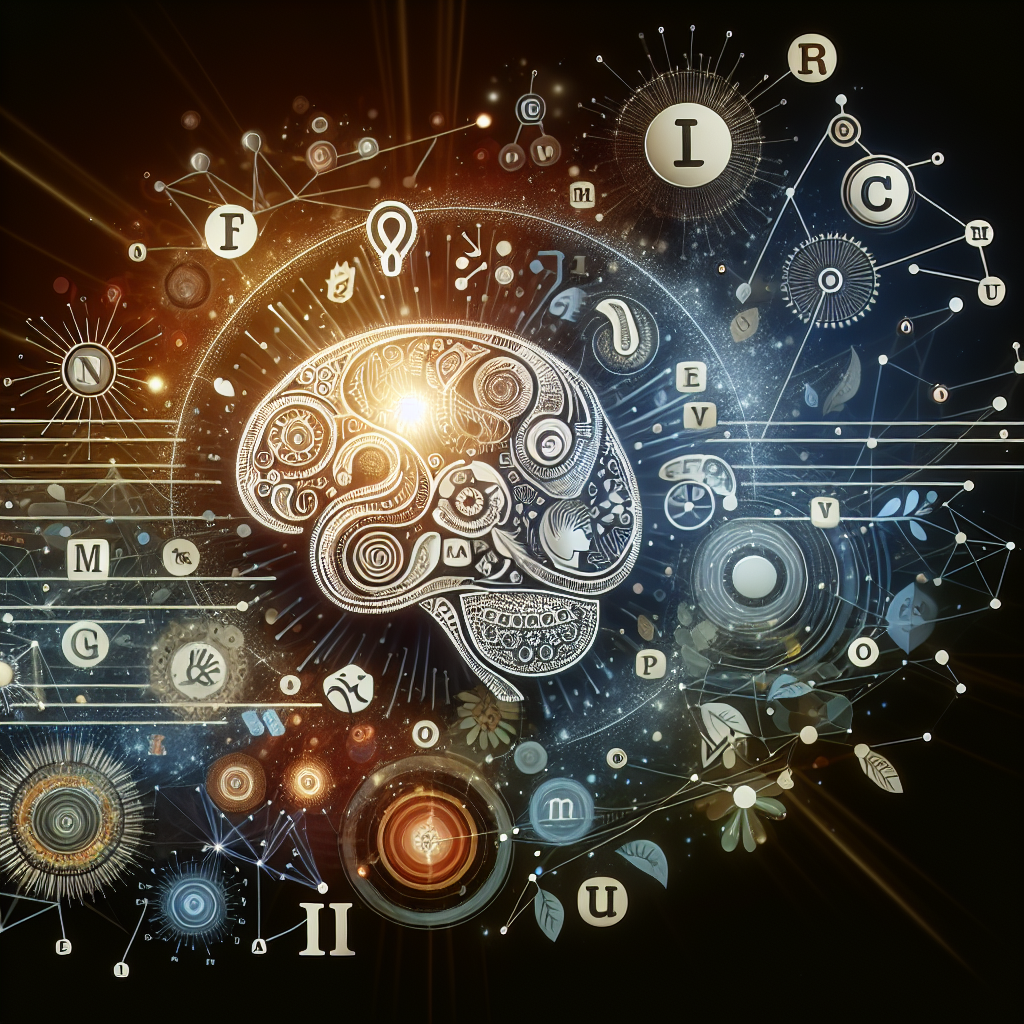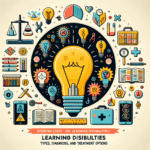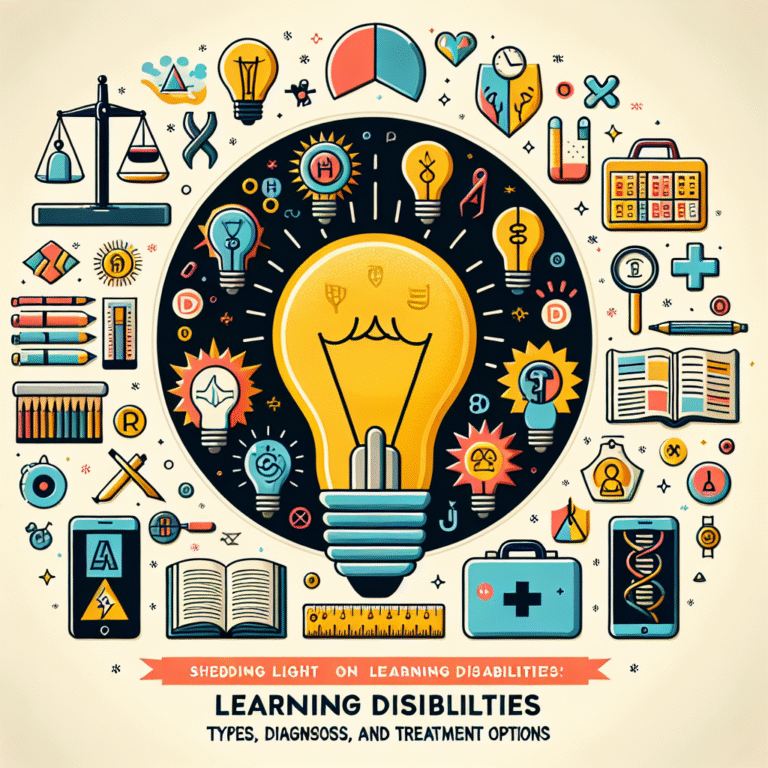
Introduction
Imagine trying to find your way through a bustling city without a map or any sense of direction. This chaotic experience can be likened to navigating language without the framework of semantic memory. It’s the unseen architect that builds our comprehension, enabling us to connect words to meanings, contexts, and experiences. But how exactly does semantic memory shape our understanding of language and knowledge?
In an age where information is at our fingertips, understanding the intricate relationship between semantic memory and language is more essential than ever. Like a good GPS, it helps us make sense of the world around us, allowing us to communicate, learn, and grow. This article will delve into the fascinating domain of semantic memory, exploring its profound impact on our understanding of language and the nature of knowledge itself.
What is Semantic Memory?
Semantic memory is a type of long-term memory that stores information about the world, concepts, facts, and language. Unlike episodic memory, which deals with personal experiences and specific events, semantic memory pertains to general knowledge. For instance, knowing that Paris is the capital of France or that a dog is a type of animal falls under semantic memory.
Characteristics of Semantic Memory
- Abstract Knowledge: Semantic memory holds concepts, ideas, and facts without the context of when or where they were learned.
- Organized Information: It arranges knowledge in a structured way, allowing for quick retrieval and categorization.
- Universal Connections: It connects new information to existing knowledge, demonstrating how semantic memory shapes our understanding of language.
How Semantic Memory Influences Language Comprehension
When we read or hear language, we rely on our semantic memory to decode the meaning. This process involves a series of steps that include recognizing words, constructing meanings, and linking those meanings to our existing knowledge base.
Case Study: The Role of Semantic Memory in Learning New Languages
A compelling example is seen in a study conducted by researchers at the University of Hawaii, which investigated how semantic memory aids in acquiring new languages. The study involved participants learning vocabulary through various methods: flashcards, contextual immersion, and associative learning. The results demonstrated that individuals who utilized semantic memory to connect new words with existing concepts retained vocabulary more effectively.
Implications of the Study
This research emphasizes that how semantic memory shapes our understanding of language is crucial not just in our native language but also in learning new languages. When learners create associations between new vocabulary and their existing knowledge, they form a richer, more coherent understanding.
The Structure of Semantic Memory
Understanding how semantic memory shapes our understanding of language also involves recognizing its structure. Semantic memory is often conceptualized through networks of interconnected concepts. Think of a web where each node represents a concept, and the connections symbolize relationships.
The Role of Semantic Networks
Semantic networks help us visualize how different pieces of knowledge interlink. For instance, consider the concept of "fruit." In semantic memory, "apple," "banana," and "orange" are interconnected. When we encounter the word "banana," our brain doesn’t just recognize it; it links to other connected concepts, enriching our understanding.
Table: How Semantic Networks Facilitate Language Comprehension
| Concept | Related Ideas | Example Usage |
|---|---|---|
| Fruit | Apple, Banana, Orange | "I ate a banana." |
| Vehicle | Car, Bicycle, Airplane | "The bicycle is fast." |
| Emotion | Happiness, Sadness, Anger | "She felt happiness." |
Semantic Memory and Knowledge Representation
The representation of knowledge within semantic memory is a crucial factor in how we understand language. Semantic memory allows us to categorize and retrieve information effectively, shaping how we interpret and use language.
How Semantic Memory Shapes Our Understanding of Knowledge
Categorization: Semantic memory helps us categorize information efficiently. For example, when discussing animals, we can quickly sort knowledge into mammals, reptiles, and birds, making communication clearer and more effective.
- Contextual Understanding: Semantic memory provides a backdrop against which linguistic expressions gain meaning. Consider idiomatic expressions; knowing that "kick the bucket" means to die illustrates how context enriches understanding.
Case Study: Semantic Memory in Educational Settings
Research from Stanford University examined how semantic memory aids comprehension in educational environments. In one experiment, students were taught complex topics through semantic networks. The findings revealed that students who employed these networks demonstrated enhanced understanding and retention of the material, illustrating the significant role semantic memory plays.
Analysis of the Educational Study
This case study highlights the importance of semantic memory not just for individual knowledge but also in collaborative environments where communication and shared knowledge are vital. It underscores how semantic memory shapes our understanding of language in contexts like classrooms.
The Evolution of Semantic Memory in Language Development
From childhood through adulthood, semantic memory undergoes constant evolution. As we grow, our experiences, interactions, and learning continuously reshape our semantic networks.
The Role of Semantic Memory in Child Language Acquisition
Children develop their semantic memory through exposure to language. As they encounter words, they connect them to meanings based on their experiences.
Chart: Stages of Semantic Memory Development in Children
| Age | Semantic Memory Development Phase |
|---|---|
| 0-1 Year | Word Recognition |
| 1-2 Years | Vocabulary Expansion |
| 2-4 Years | Developing Basic Associations |
| 4-6 Years | Refining Concepts and Categories |
Practical Implications of Language Development
Understanding how semantic memory shapes our understanding of language during childhood offers insights into educational strategies and approaches to language learning. For instance, storytelling can amplify vocabulary and semantic connections, enriching children’s language ability.
Challenges and Limitations of Semantic Memory
While semantic memory holds immense potential in shaping our understanding of language, it is not immune to challenges.
The Issue of Semantics and Ambiguity
Language is inherently ambiguous, and semantic memory can sometimes lead to misunderstandings based on multiple meanings of words. Consider the word "bank." Is it a financial institution or the side of a river? The clarity of understanding relies on the context aided by semantic memory.
Implications for Communication
A failure in semantic memory can result in miscommunication. In professional or educational settings, ensuring clarity and context becomes paramount to avoid confusion.
The Future of Semantic Memory Research
With advancements in neuroscience and artificial intelligence, the exploration of semantic memory is at the forefront of cognitive research. New technologies, such as brain imaging, provide insights into how semantic memory functions and how it can be enhanced.
The Role of AI and Semantic Memory
Artificial intelligence models, like the one you’re reading this article from, have begun incorporating principles of semantic memory to better understand and generate human-like language. This evolution prompts interesting discussions about how future technologies can leverage the principles of semantic memory to enhance human-computer interaction.
Conclusion
Understanding how semantic memory shapes our understanding of language and knowledge is not just an academic exercise; it enriches every aspect of our lives. Whether through effective communication, enhanced learning, or improved relationships, the benefits are vast.
By nurturing our semantic memory, we equip ourselves to navigate the complexities of language and knowledge in an increasingly interconnected world. Embrace the power of semantic memory to elevate your language skills, making your communication clearer, more efficient, and effective.
FAQs
What is the difference between semantic memory and episodic memory?
- Semantic memory deals with general knowledge and concepts, while episodic memory revolves around personal experiences and specific events.
Can semantic memory decline with age?
- Yes, research suggests that as people age, their semantic memory may decline, impacting their ability to recall facts and concepts.
How can I improve my semantic memory?
- Techniques such as building semantic networks, engaging in storytelling, and actively seeking new information can enhance semantic memory.
Does semantic memory affect language learning?
- Absolutely! Semantic memory provides a foundation for connecting new vocabulary to existing knowledge, facilitating language acquisition.
- What is the role of context in semantic memory?
- Context enriches our understanding of language, helping us discern meanings based on word associations and previous knowledge.
As we continue to explore the depths of semantic memory, we can unlock a more profound understanding of ourselves and the world around us, paving the way for enriched communication and knowledge sharing.

















